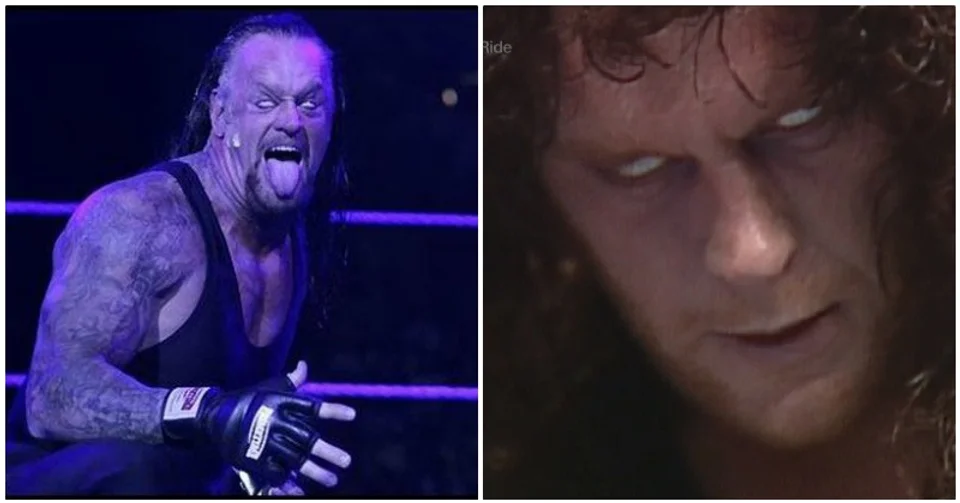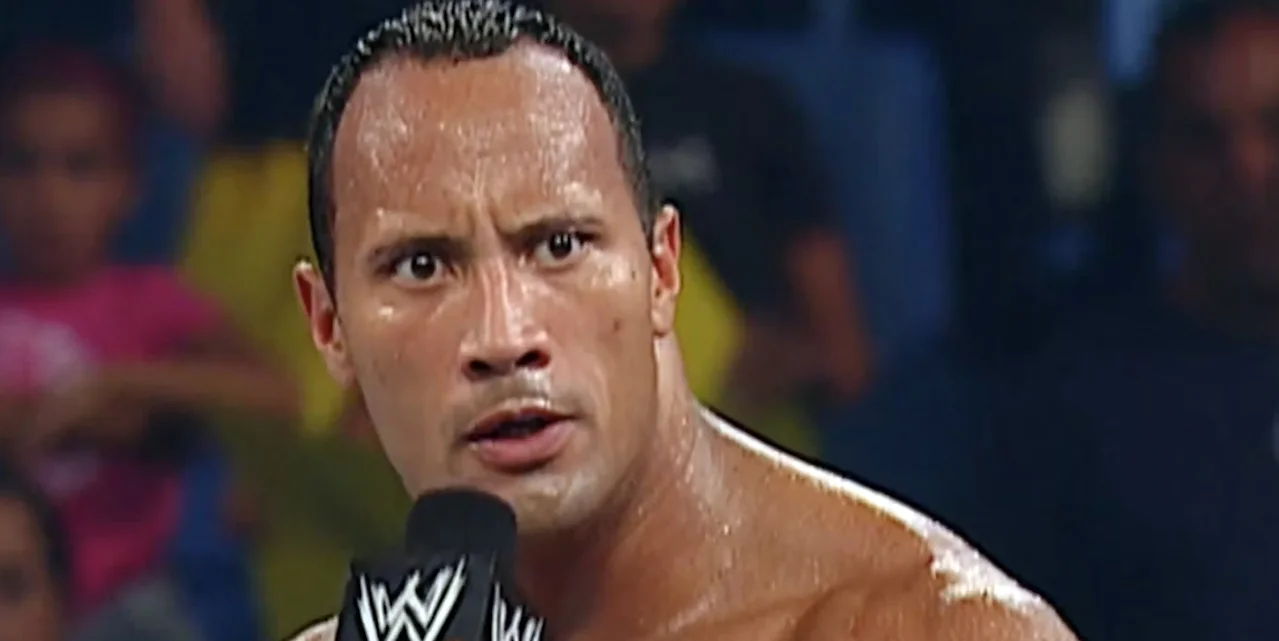In professional wrestling, eye contact, or oculesics, plays a crucial role in storytelling and connecting with the audience. Wrestlers use their eyes to convey a wide range of emotions and intentions. A fierce glare can demonstrate anger or determination, while widened eyes can indicate surprise or fear. These visual cues help the audience engage more deeply with the drama and excitement of the match.
When wrestlers lock eyes, it builds tension and enhances the intensity of confrontations. These moments of eye contact are vital for creating dramatic, memorable face-offs. Additionally, wrestlers rely on subtle eye signals to communicate with each other during matches, ensuring that their movements are coordinated and safe.
Key figures like The Rock, Ken Shamrock, Kenny Omega, and The Undertaker have mastered this non-verbal communication. The Rock’s charismatic eyebrow raise and intense stare can electrify the crowd. Ken Shamrock’s fierce, focused gaze conveys his intensity and combat readiness. Kenny Omega uses his expressive eyes to tell intricate stories within his matches. The Undertaker’s iconic, chilling eye roll adds to his supernatural persona, making his presence unforgettable.

Effective use of oculesics makes the action in the ring more believable and immersive. The audience can read a lot from a wrestler’s eyes, from the anticipation of an upcoming move to the pain or defiance in a critical moment. This non-verbal communication layer adds depth to the performance, transforming wrestling from mere physical combat into a compelling narrative experience.
In essence, oculesics in wrestling isn’t just about looking intense—it’s a key element that makes the spectacle emotionally engaging and keeps fans on the edge of their seats, fully invested in the storyline.



